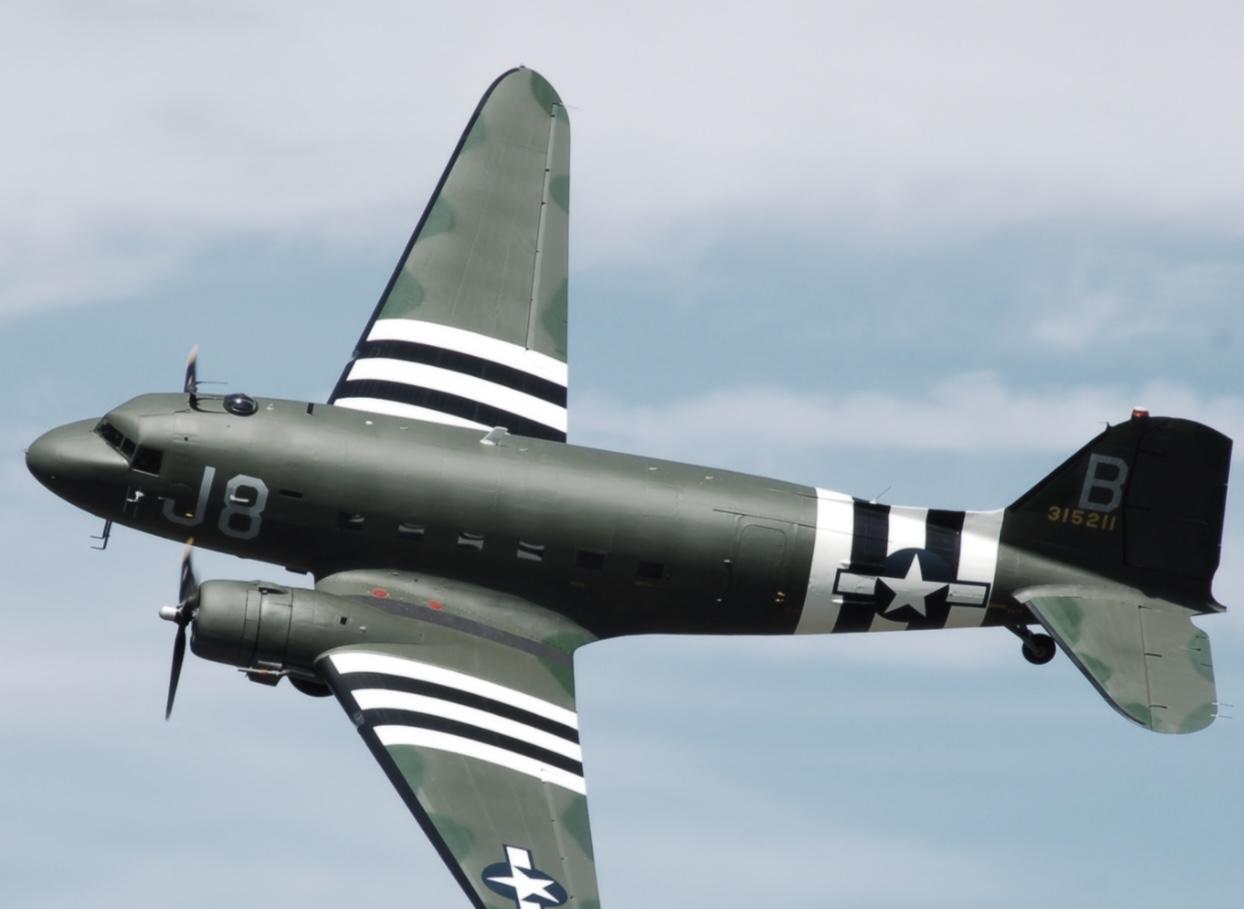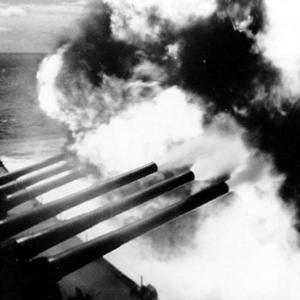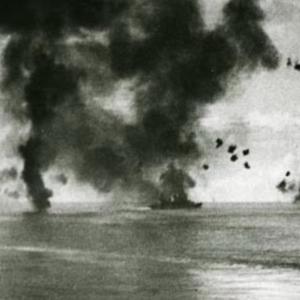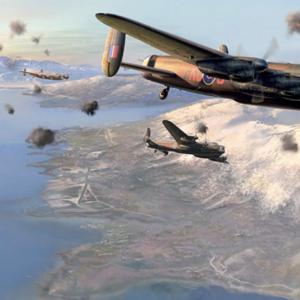
Invasion Stripes
Invasion stripes were black and white bands painted on the wings and fuselage of Allied aircraft during the D-Day landings on June 6, 1944. These stripes were introduced to help quickly identify friendly planes amid the massive and chaotic air operations during the Normandy invasion. The primary purpose of the stripes was to prevent friendly fire incidents, which were a serious risk when so many aircraft from different Allied nations were operating in close proximity. At a distance or in poor visibility, planes could easily be mistaken for enemy aircraft, so a clear and unmistakable marking was necessary.
The idea for these stripes originated with the British Royal Air Force during the early planning stages of the invasion. The RAF’s operational staff recognized the need for a simple visual system to distinguish Allied planes from German aircraft. They developed the distinctive pattern of alternating black and white bands, which were painted horizontally across the wings and fuselage. This marking scheme was quickly adopted by other Allied air forces, including the Royal Navy’s Fleet Air Arm and the United States Army Air Forces.
Initially, the USAAF was hesitant to use the stripes because of concerns that such bold markings might make their planes more visible to the enemy. However, the risk of friendly fire outweighed these concerns, and the stripes were applied to most aircraft involved in the operation. The stripes were typically 12 inches wide and placed around the fuselage just behind the national insignia, as well as on the upper and lower surfaces of the wings. Some planes also featured the stripes on their tail sections.
The use of invasion stripes was highly effective in reducing incidents of friendly fire and improving coordination between the various Allied air units. The markings made it easier for ground troops and naval forces to recognize friendly aircraft, which was critical during the intense fighting on D-Day. After the war, the stripes were generally removed, but they remain one of the most recognizable symbols of the Allied effort during the Normandy invasion.










